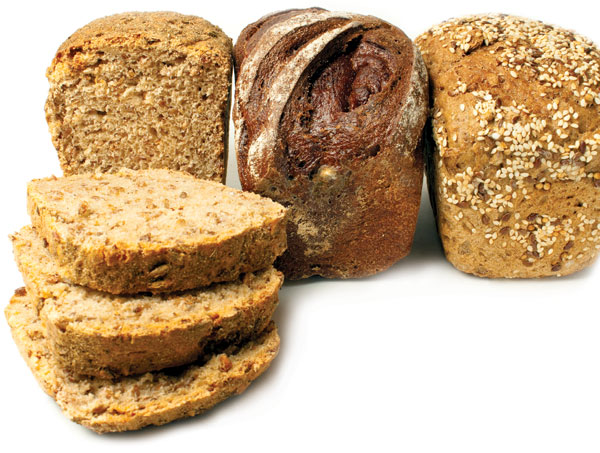Food
4 min Read
Tips to help make sense of the whole grain vs whole wheat debate

August 12, 2014
Food
4 min Read

August 12, 2014

As another school year is upon us, we’re once again faced with assorted menu choices to ensure our youngsters are getting nutrition-packed eats to fuel them through the day. Open a lunchbox and chances are there’ll be some kind of sandwich. But with the huge variety of breads on supermarket shelves, many of us are left wondering which to choose – whole wheat, multi-grain, sprouted grains, even those containing vegetables. Here are some tips to help it all make sense.

There’s no doubt that whole grain breads offer top-notch nutrition. Whole grains, as opposed to refined, are linked to a decreased risk of a number of ailments including constipation and excess weight gain. A whole grain contains the entire kernel of the grain – the bran, the germ and the endosperm. Most refined grains, on the other hand, are missing the nutrient-rich bran and germ which are removed during the refining process.
But finding whole grain products can be a difficult task indeed. Judging a bread by its colour or name, for example, can easily lead you astray. A dark bread, for instance, may just be dark due to the addition of a colouring agent such as molasses or caramel and may not contain any whole grains at all.
Names can fool you: while the bread may contain one particular grain such as oats or an assortment of grains (so-called multigrain), those grains may be refined, not whole grain. So be sure to read ingredient lists and look for the term whole grain. Remember, ingredients are listed in descending order by amount. So if the first ingredient is enriched wheat flour, then you know it’s not a whole grain product.
Another labelling shortcoming to watch out for is whole wheat. Even if the bread label states 100% whole wheat, the term whole wheat may not signify whole grain. As ridiculous as it is, you have to look for the term whole grain whole wheat to ensure the product is whole grain.
Go for a variety of whole grains – not just whole wheat – as each offers unique nutrients and protection against disease.
Many kids prefer white sandwich bread. But with regular exposure to whole grains, they will come to like the nutty flavours. A strategy may be to alternate between white and whole grain. For every two whole grain loaves, you buy one white.
Whole grain varieties may spoil more easily. Rather than putting the loaves in the fridge, store the extra in the freezer for a fresher tasting slice.
Rosie Schwartz is a Toronto-based consulting dietitian in private practice and author of The Enlightened Eater’s Whole Foods Guide (Viking Canada). Visit rosieschwartz.com for more.
Originally published in ParentsCanada magazine, August/September 2014.